

English Series (1964)
Reverse: seal of the Republic of the Philippines, "Central Bank of the Philippines"
Shape: round
Edge: reeded
Diameter: 30mm
Designer: Melecio Figueroa


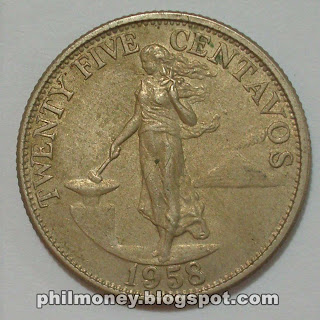

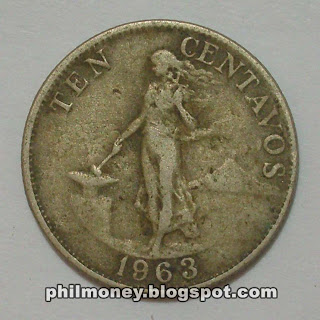




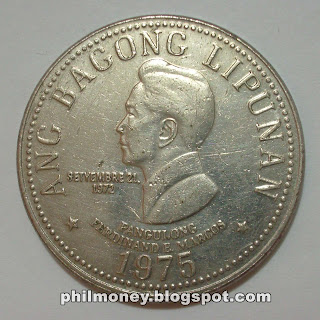

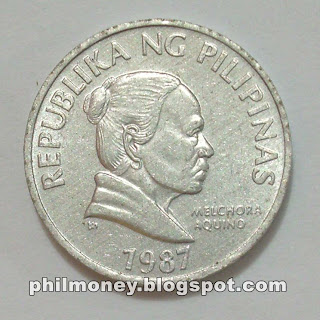

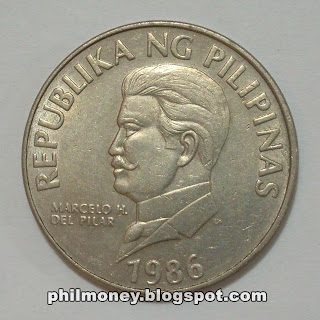
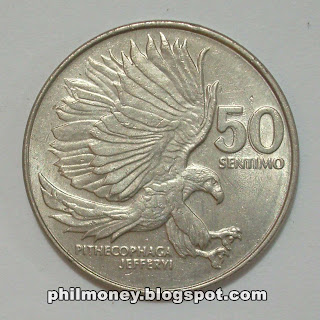 Fifty Centavo Coin
Fifty Centavo Coin

The Hinulugang Taktak waterfall is a living monument of the past. The City is a part and witnessed of that monumental years where people constantly attribute the place to the Patroness, the Our lady of Peace and Good Voyage.
The Hinulugang Taktak Recreation Area, which was reserved for scenic and recreaction purpose under Proclamation No. 330 dated July 18, 1952, has been converted into the Hinulugang Taktak National Park by virtue of Republic Act No. 6964 dated September 18 1990. This legendary 3.031 hectares park is located at Bgy. Dela Paz, Antipolo City.
The park is an alluring view of natural formation. After soul cleansing at the renowned Antipolo Lady of Peace Shrine, the park offers physical and spiritual cleansing for pilgrims.Unfortunately the falls is now filthy, saturated by wastes from sewages, piggeries, poultries but political efforts are passively being carried out.

